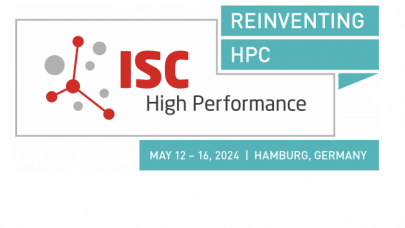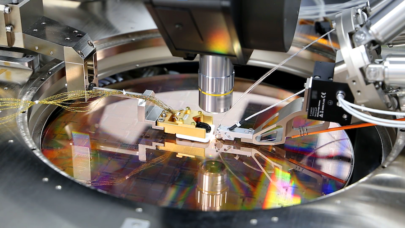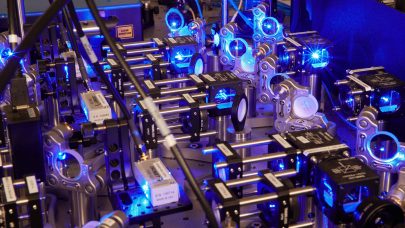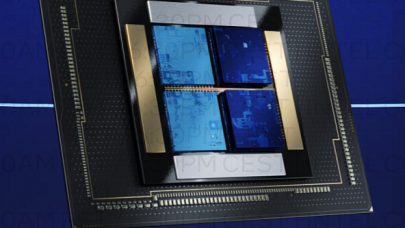IBM has pulled the plug on Blue Waters, the 10-petaflop supercomputer that was to be delivered to National Center for Supercomputing Applications at the University of Illinois. Originally planned to come online in 2011, the system was subsequently scheduled for a 2012 deployment. According to a joint statement issued by IBM and NCSA over the weekend, the contract was officially terminated on August 6, citing “increased financial and technical support by IBM beyond its original expectations.”
Funded by a $208 million grant from the National Science Foundation (NSF) under its Track 1 leadership program, Blue Waters was slated to be NCSA’s premier supercomputer for open science and engineering. The Power7-based system was designed to deliver 10 petaflops of peak performance and one petaflop of sustained performance for scientific applications. It was also going to be the central resource for the newly formed Great Lakes Consortium for Petascale Computation, a collection of dozens of universities, colleges, research labs, and institutes that were going to share the machine’s leading-edge computational capabilities.
 According to John Melchi, who heads the Administration Directorate at NCSA, IBM made some assumptions about the cost and complexity of the machine that just didn’t bear out. The original proposal by IBM specified a system with more than 200,000 Power7 processor cores, a petabyte of memory, and over 10 petabytes of disk storage. NCSA, though, would not comment on the specific nature of the cost and complexity issues that led IBM to terminate the work. “The bottom line is that it became financially unfeasible for them to move forward,” Melchi told HPCwire.
According to John Melchi, who heads the Administration Directorate at NCSA, IBM made some assumptions about the cost and complexity of the machine that just didn’t bear out. The original proposal by IBM specified a system with more than 200,000 Power7 processor cores, a petabyte of memory, and over 10 petabytes of disk storage. NCSA, though, would not comment on the specific nature of the cost and complexity issues that led IBM to terminate the work. “The bottom line is that it became financially unfeasible for them to move forward,” Melchi told HPCwire.
What is noteworthy is that IBM now seems willing to make good on its strategy to turn its supercomputer business into a profit center, even at the cost of some lost prestige. When HPCwire spoke with Herb Schultz, marketing manager for IBM’s Deep Computing unit, last year, he outlined a new business model that would apply a lot more scrutiny to how the company positioned its high-end supercomputers. “There is really no appetite in IBM anymore — with some of the leadership changes over the last few years — for revenue that has no profit with it,” he told us back in November 2010. That was more than two years after NCSA and IBM had inked the final deal on Blue Waters.
From NCSA’s perspective, the system met all of its technical requirements. In particular, they appeared confident the machine, based on Power 755 servers, would indeed be able to deliver a sustained petaflop from its 10-petaflop peak performance. The supercomputer design was such that the memory and storage were globally addressable, providing an application environment friendly to super-sized shared-memory applications. The architecture, known as PERCS (Productive, Easy-to-use, Reliable Computing System), was the result of IBM’s work under DARPA’s High Productivity Computing Systems (HPCS), a program whose goal was to create economically viable multi-petaflop systems.
While the multi-petaflop requirement seems to have been met, IBM’s termination of Blue Waters calls into question whether PERCS will be able to deliver on the “economically viable” goal. There are, in fact, several other Power 755-based supercomputers in the pipeline for IBM, including ones at the University of Lugano (Switzerland), SARA (The Netherlands), and the LSU Center for Computation & Technology, but none of these approach the scale of the Blue Waters machine. IBM’s remaining leading-edge petascale deployment, the 20-petaflop Sequoia system for Lawrence Livermore National Laboratory, is based on Blue Gene/Q technology.
The most curious aspect of the IBM pull-out is that they had already delivered three racks of Power 755 servers to NCSA. In the midst of delivery, the company made the decision not to continue, offering no explanation of what precipitated the termination. IBM spokesperson Joanna Brewer had this to say: “As we moved forward with the project, increased cost for the final design and continued changes required us to come to the decision to no longer provide the supercomputer for Blue Waters.” The three racks of servers will all be returned to IBM, and IBM will refund the $30 million already collected from the University of Illinois for the initial deployment work.
According to Melchi, the NSF has directed NCSA to “replan the project” over the next few weeks, with a goal of fielding a system by the end of 2012. Specifically, the agency has asked them to propose an alternate system and vendor that meets the project’s original goals. Although he wouldn’t say if they were leaning in any particular direction, there are not too many choices at the high-end of the supercomputing spectrum. Cray with its XE6/XK6 machines or SGI with the Altix UV are two prominent choices, with the latter having the advantage of a shared memory architecture.
Whether a new RFP will be issued is unclear, but given the aggressive timeframe for deployment, that seems unlikely. In any case, building and installing a multi-petaflop machine capable of delivering a sustained petaflop in less than 18 months is going to be quite a challenge. From Melchi’s perspective, though, it’s doable. The Illinois Petascale Computing Facility, the datacenter originally built for Blue Waters, is all ready to go, and other pieces of infrastructure are in place as well. “We believe that we’re going to be able to bring a system online that is as big or bigger than what was proposed with the Power7 technology,” he says.



























































